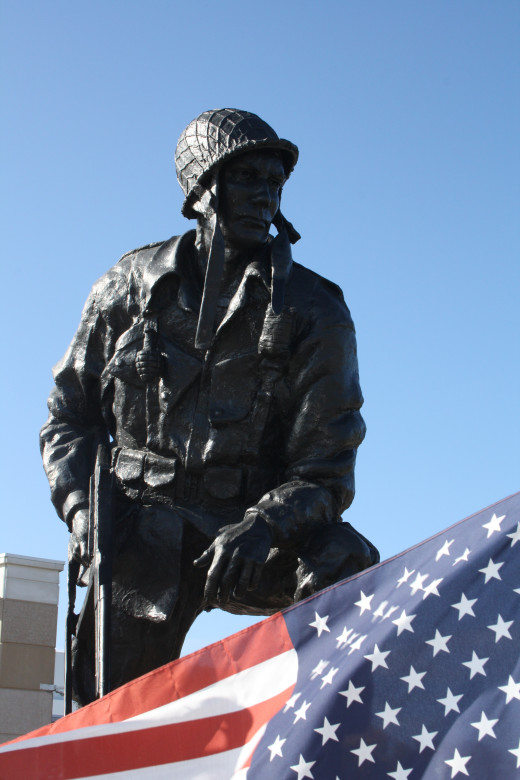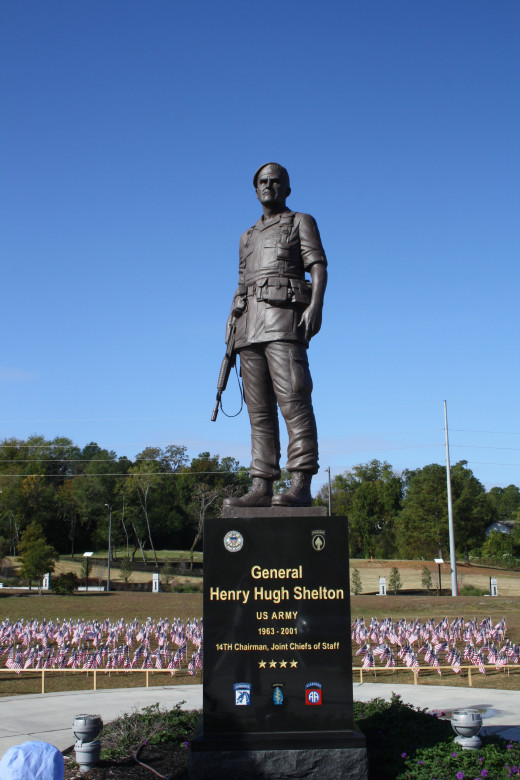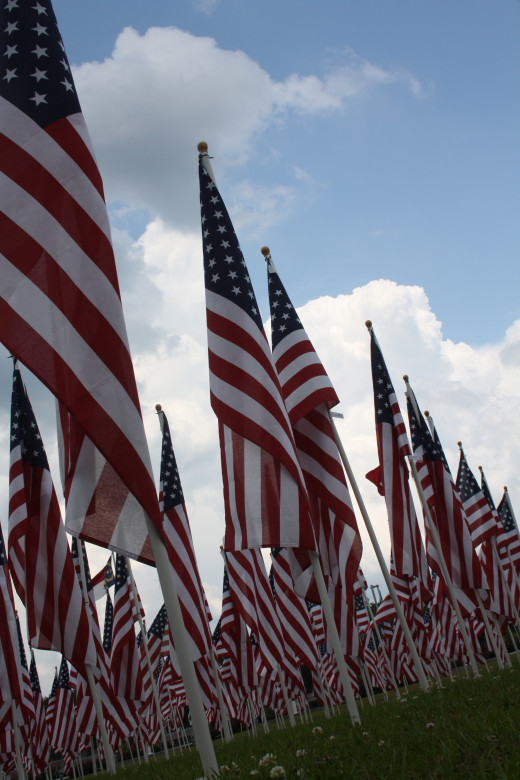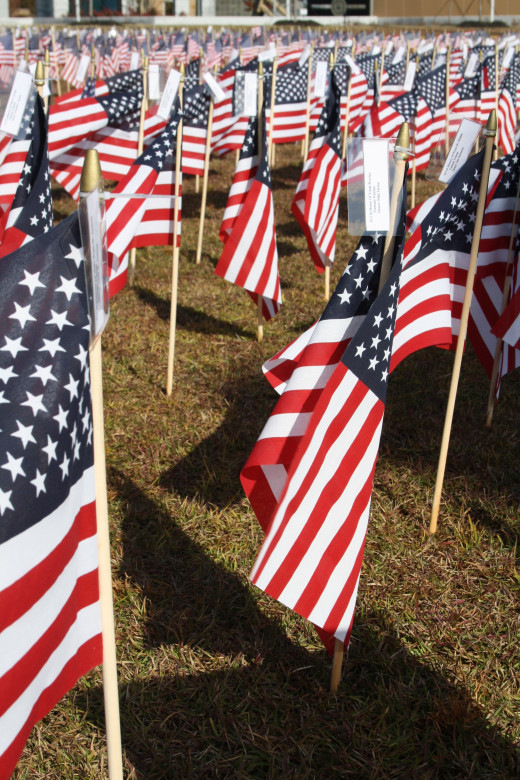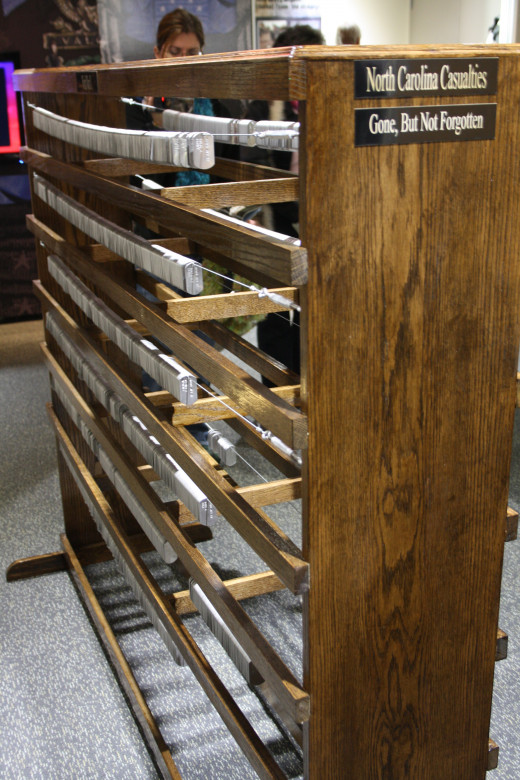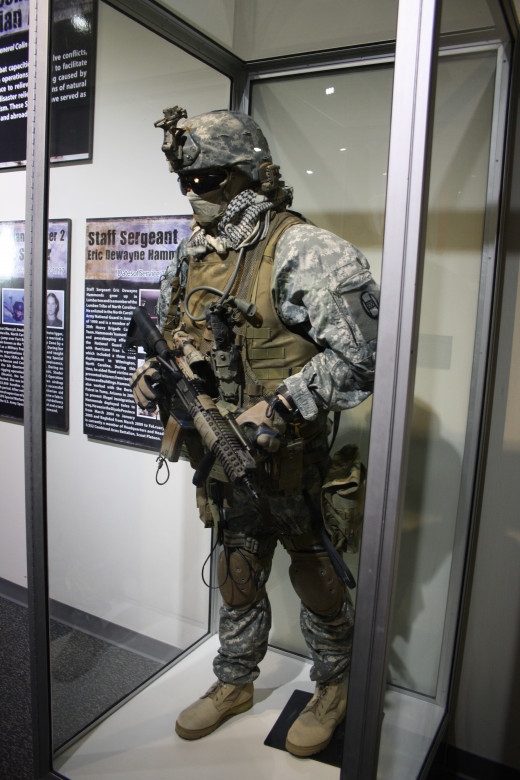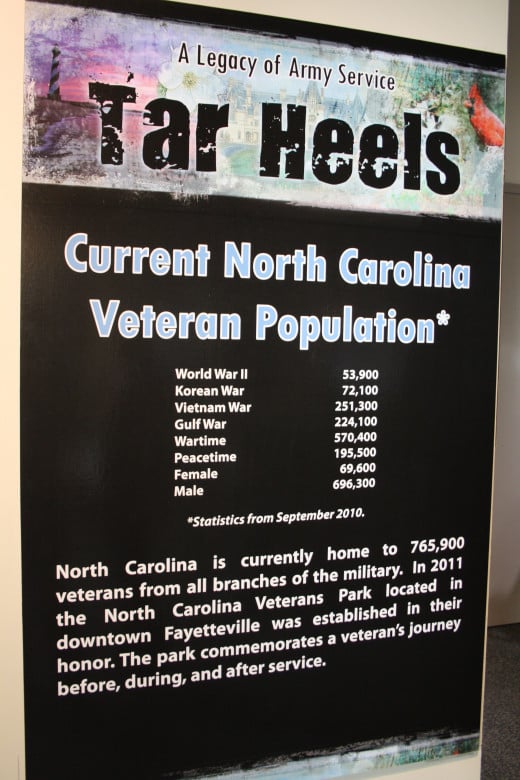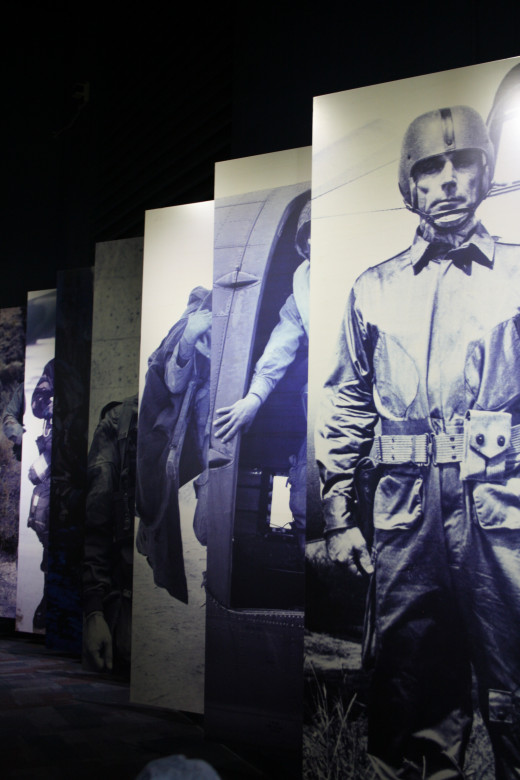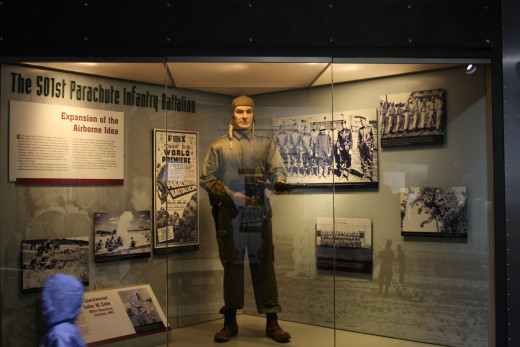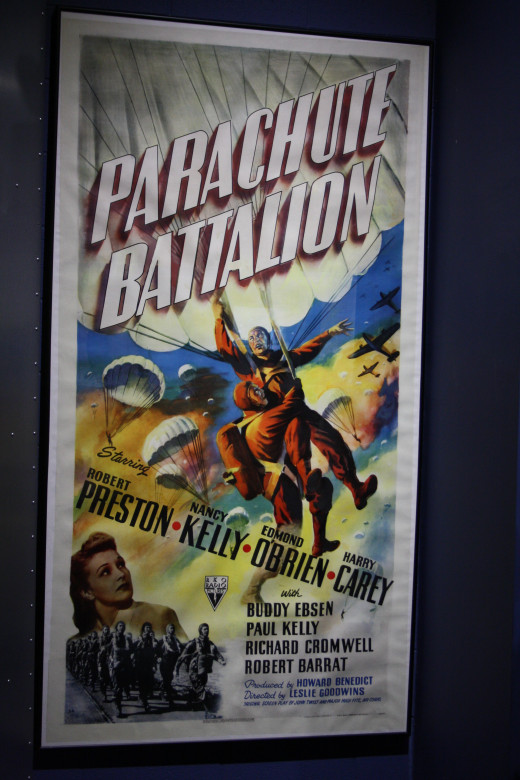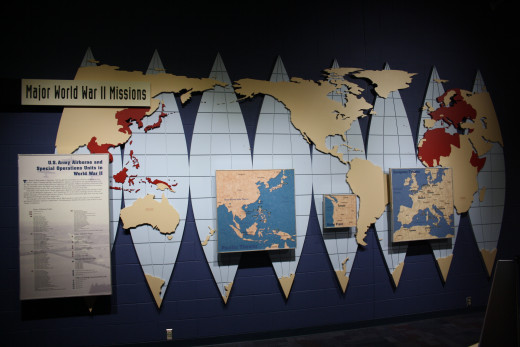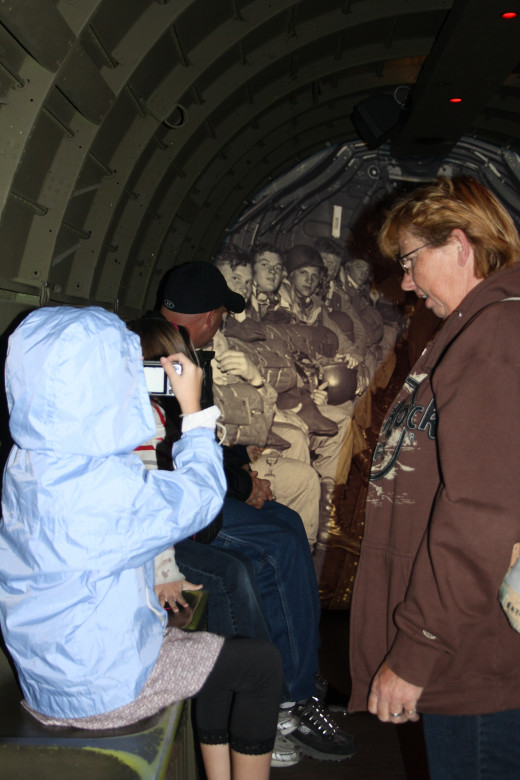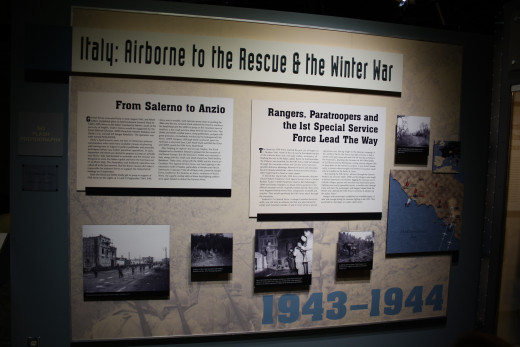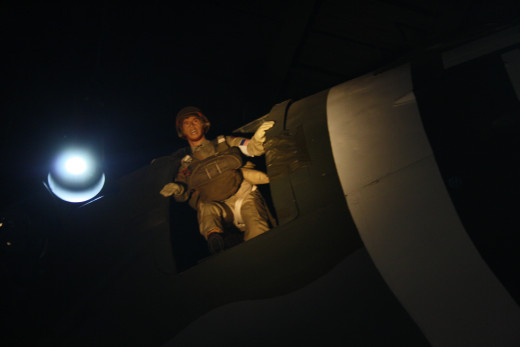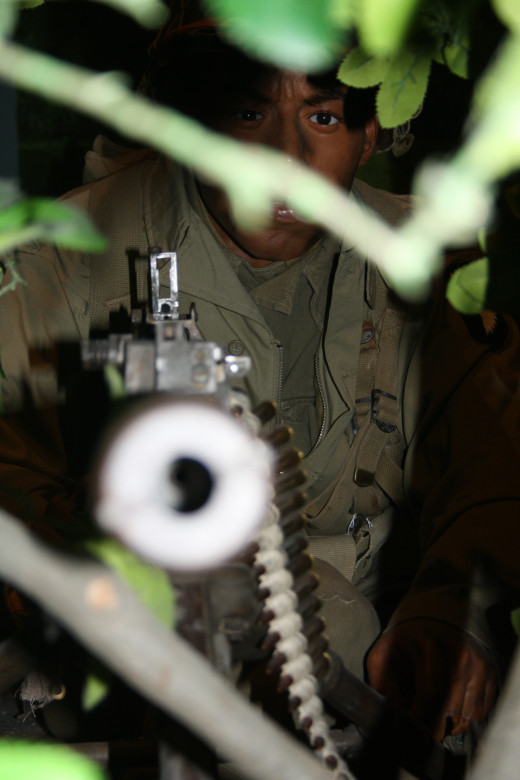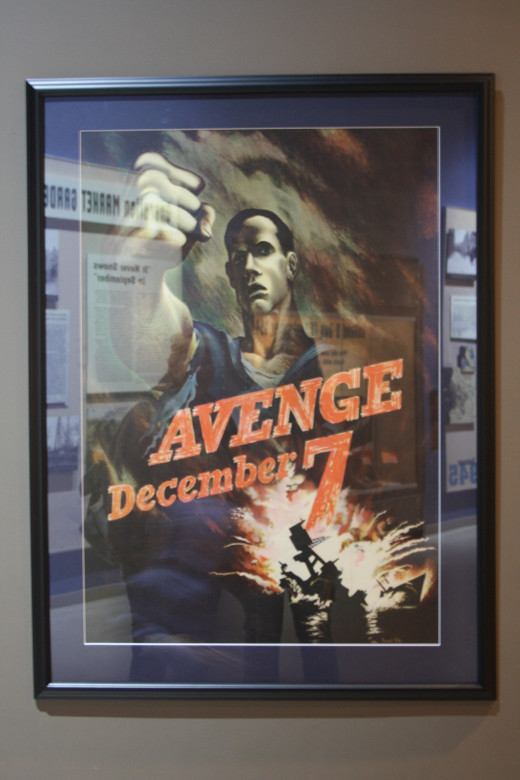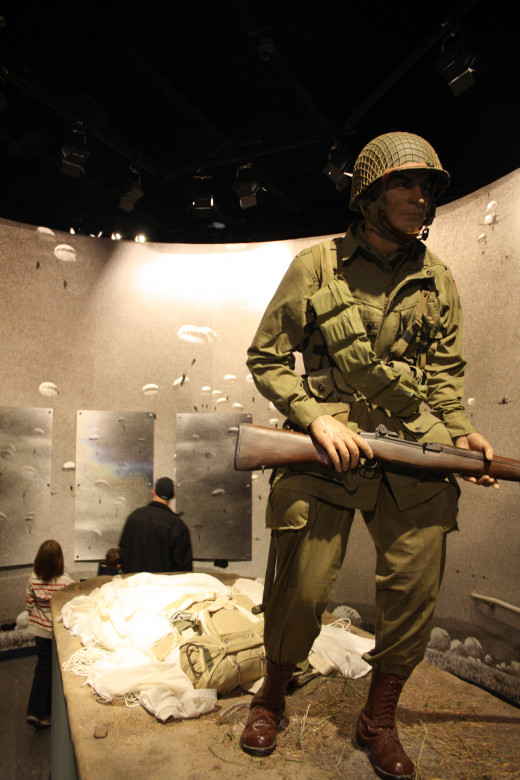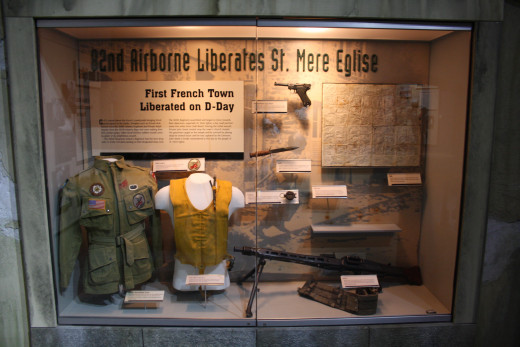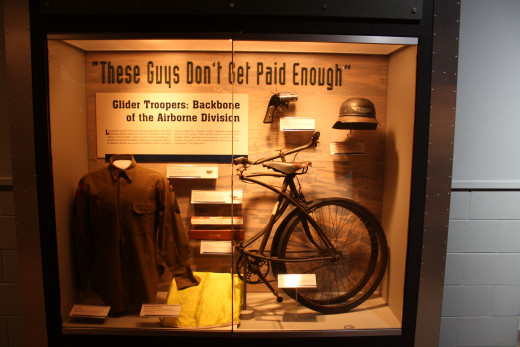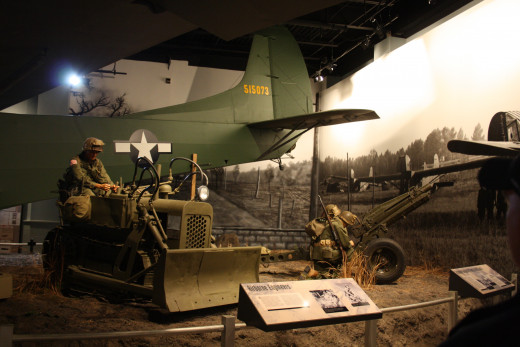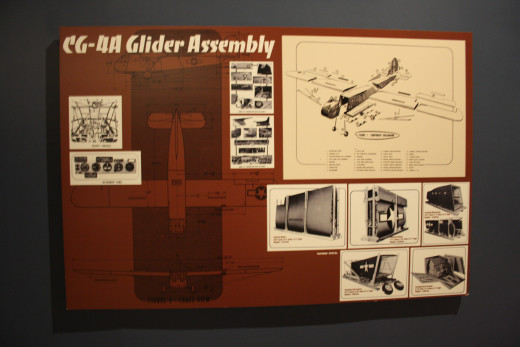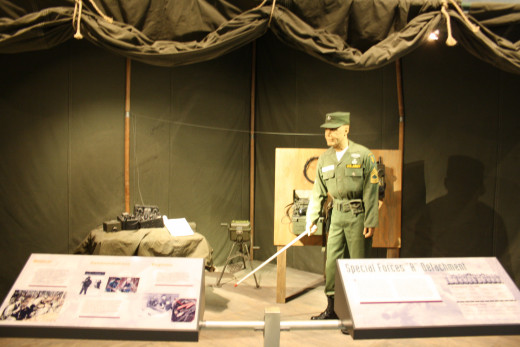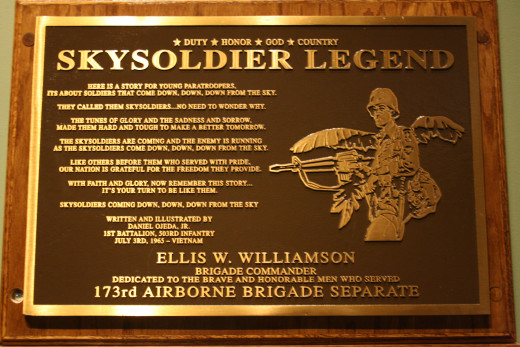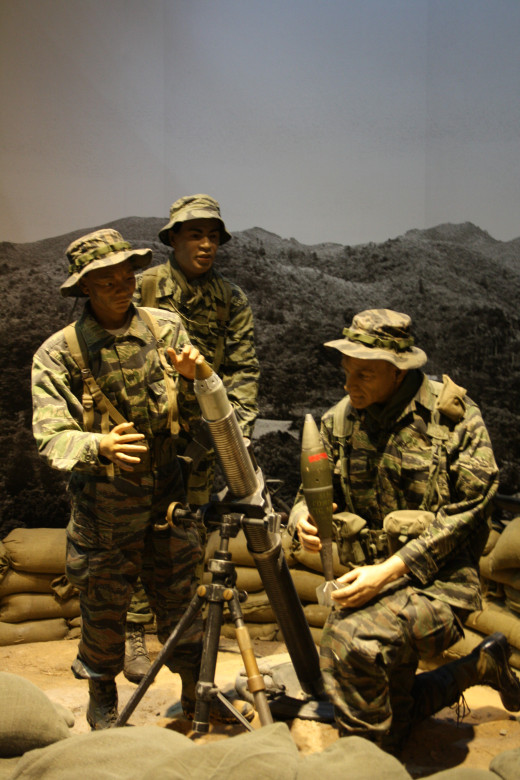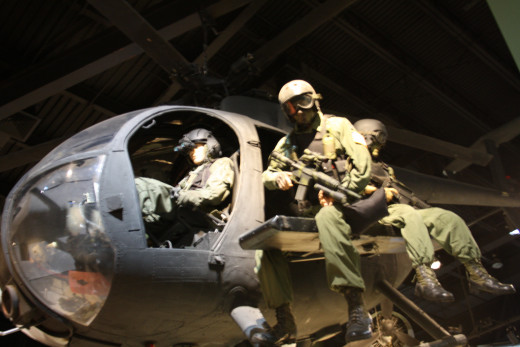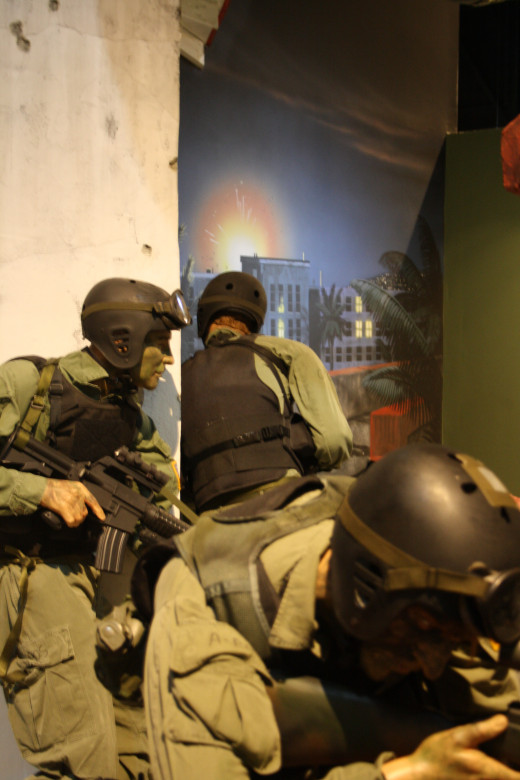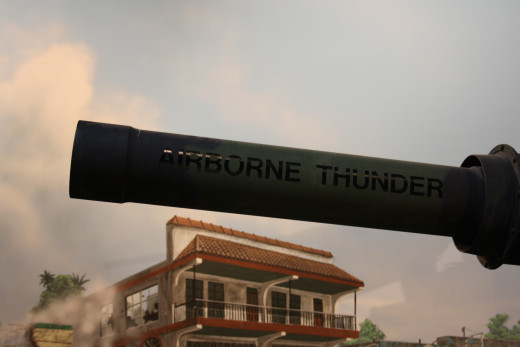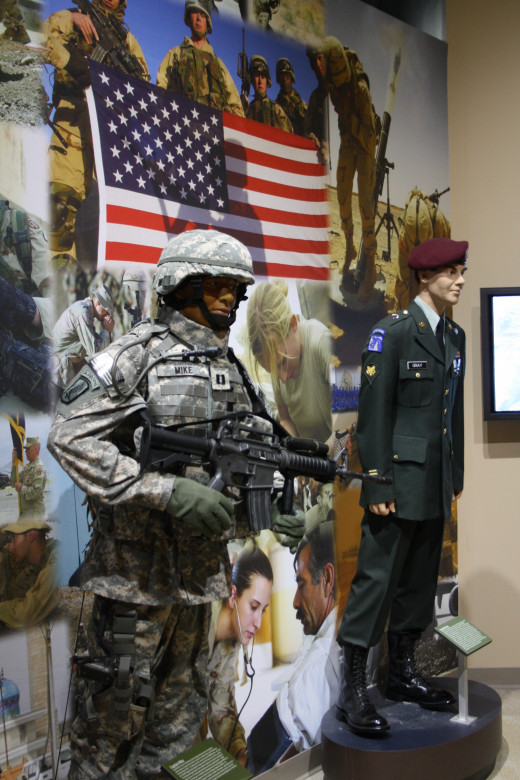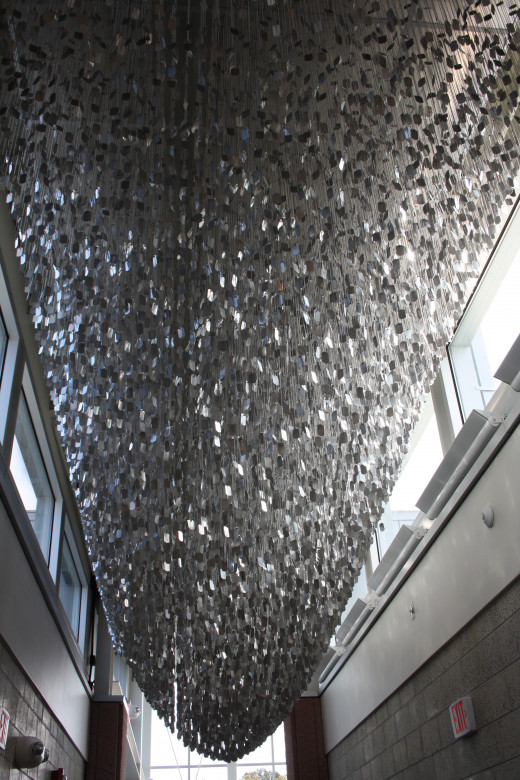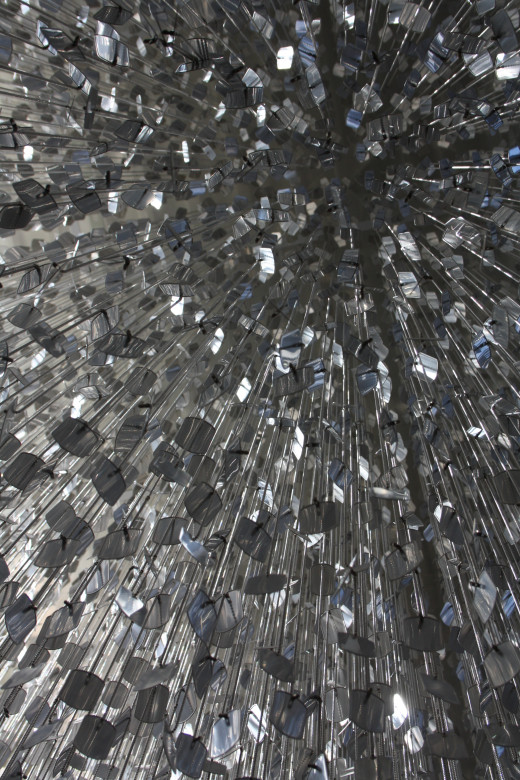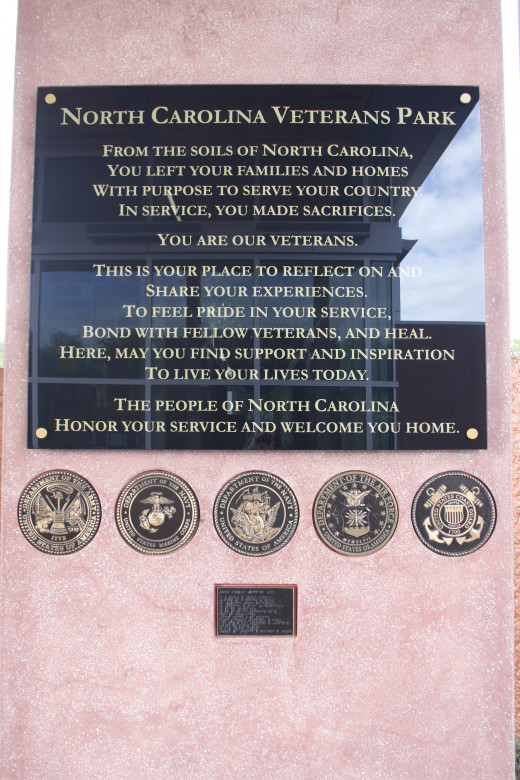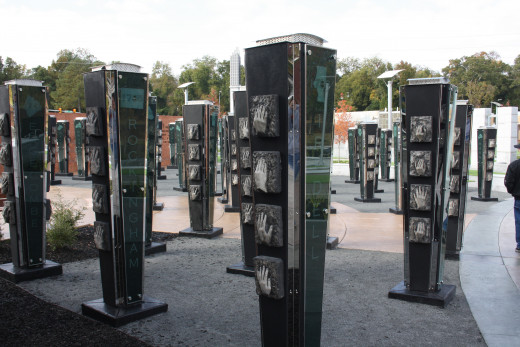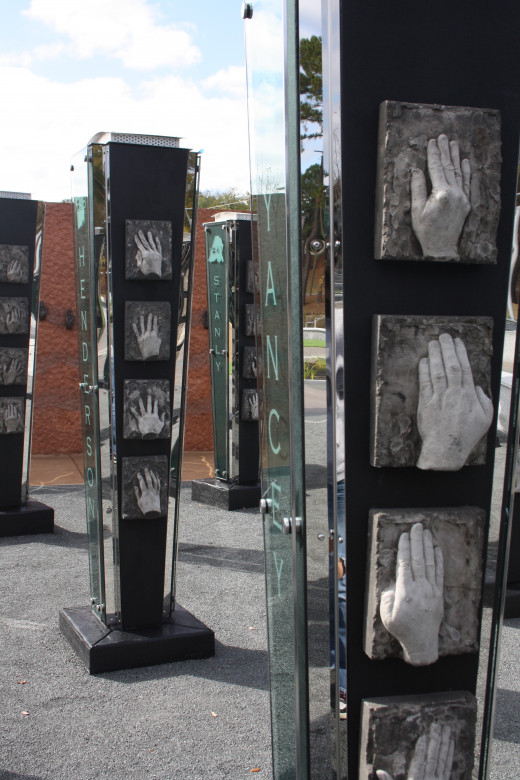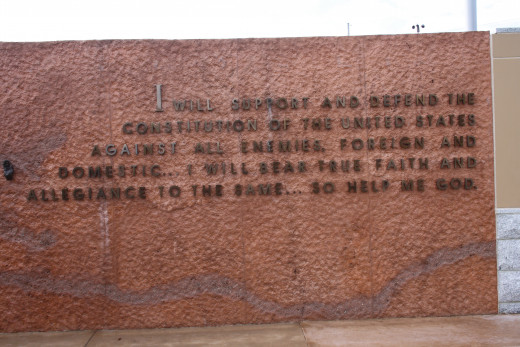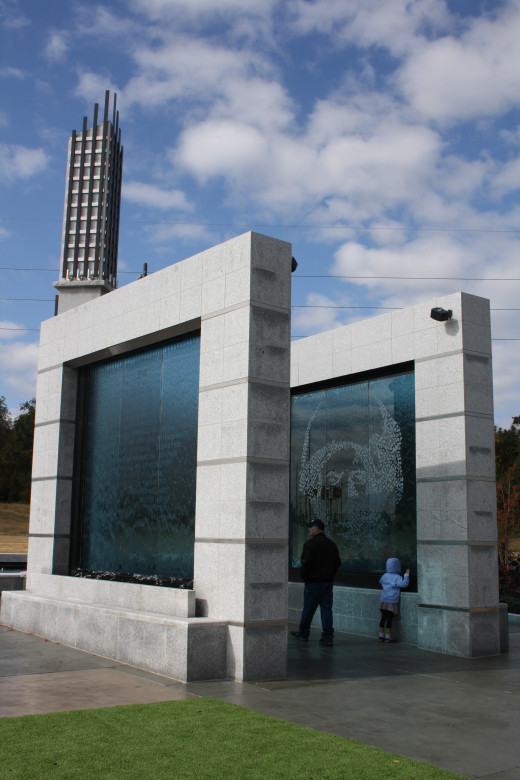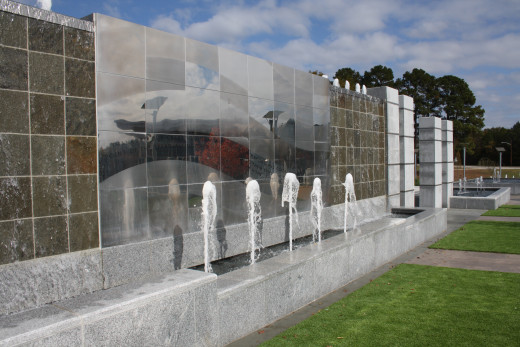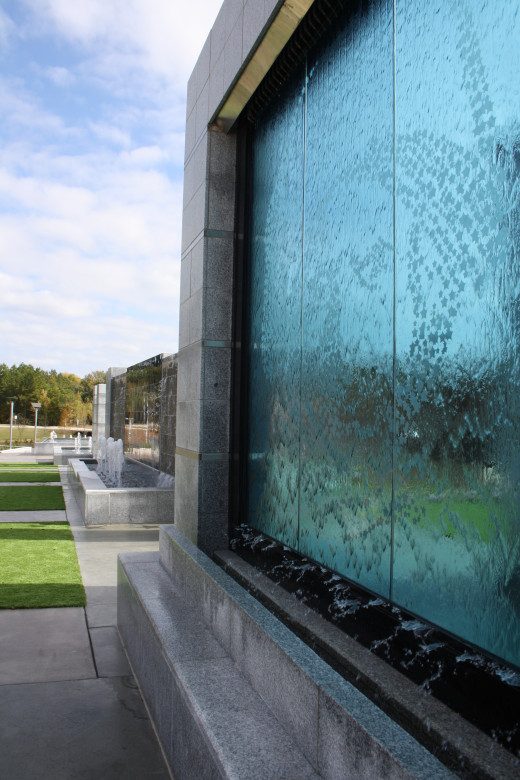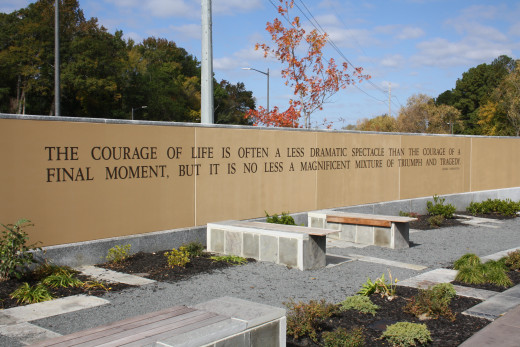- HubPages»
- Travel and Places»
- Visiting North America»
- United States
Airborne and Special Operations Museum, Fayetteville, North Carolina
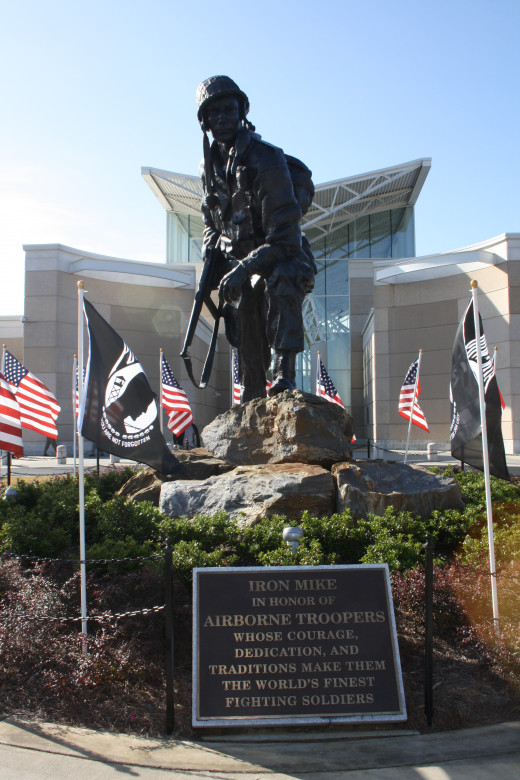
In Fayetteville, North Carolina is one of the largest military bases in the US. Fort Bragg is the home of the 82nd Airborne Division, the XVIII Airborne Corps and also home of many Special Operations Divisions. Since Fort Bragg is such a large part of the community there is an Airborne and Special Operations Museum located just a few miles south of Fort Bragg.
The Airborne and Special Operations Museum (ASOM) was opened to the public on August 16, 2000. This date was the 60th anniversary of the first U.S. Army parachute jump in 1940 at Fort Benning, Georgia. This museum emphasizes on US military history but especially on US Army Airborne and Special Operations Forces.
The Museum is located at 100 Bragg Boulevard in Fayetteville, North Carolina. The hours of operation are Tuesday through Saturday from 10am to 5pm and Sundays from noon to 5pm. It is closed on Mondays but is open on all Federal holiday Mondays. They are closed on Thanksgiving Day, Christmas Day, New Years Day and Easter. Admission to the museum is free but donations are graciously accepted. There is a Theater and Simulator inside the museum as well. Admission to these are $4 for a theater ticket and $5 for a Motion Simulator ticket or you can purchase both for $8. Any patron under 38 inches tall can ride the simulator for half-price.




Outside the Museum
There are many different parts to the outside of the museum:
- Iron Mike Statue - This 16 feet 4 inch tall from boot heel to the top of his helmet statue that weighs 3,235 pounds was brought to the Airborne and Special Operations Museum on June 14, 2010. It was originally on Fort Bragg but due to deterioration the one on Fort Bragg was replaced in 2005 by a bronze version of the statue. This statue was not named for any one man or unit, but dedicated to all paratroopers; past, present and future.
- Parade Field - A groomed field approximately 200 feet by 100 feet that has a sidewalk that connects it to the museum. This walkway is lined with monuments honoring Airborne and Special Operations units. The Flag court alongside the field honors the United States of America, State of North Carolina, POW/MIA's, The United States Army, Navy, Marine Corps, Air Force and Coast Guard. On the Parade Field several times a year it is full of American Flags. These flags can be bought in memory of any soldier. I purchased some small ones this year and they cost $5 per flag. They give you a number as to where your flag will be located on the field so once it goes up you are able to go to your flag. On it will the the name and information of the soldier you purchased your flag for.
- Garden - The Reflection Gardens are a peaceful, fresh air way to experience the museum. The garden is surrounded by magnolia, live oak and elm trees. It is bordered by seasonal flowers and provides a tranquil place to look back on the history of America's finest. The garden walks were formed with granite paver stones and purchased to support the museum and to honor an individual or organization "past-present-future".
- Honoring Loved Ones - All around the museum are pavers and monuments with names of soldiers, units, and companies. The pavers are white North Carolina granite. Having a paver stone engraved at the museum is an excellent way to permanently honor a friend or family member. The monuments are purchased by units or associations as a lasting memorial and a permanent part of the ASOM. Over fifty monuments now line the walk. All proceeds go to supporting the museum and its programs.
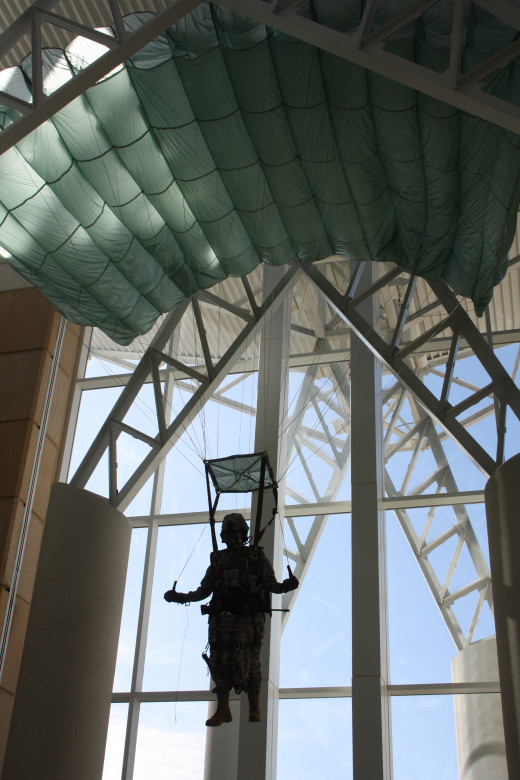
Inside the Museum
The Lobby
When you walk inside the museum it almost takes your breath away with it's amazing 5,000 square foot, five story high open lobby area. The lobby is accented by natural light from the glass walls that surrounding the high mounted windows. Located in the lobby are two fully deployed parachutes. The round parachute is the WWII era T-5 round chute. It represents the origins of airborne forces and the integration of airborne forces into conventional warfare. the square parachute is a modern MC-4 chute that represents the cutting edge of the modern special operations and the unconventional warfare they continue to engage in. Seeing these parachutes displayed together represents the development of the soldiers who work in support of one another in the combined airborne and special operations community.
Also in the lobby is the Information Desk which should be your first stop. There is a guest book to sign and they will give you a pamphlet of the museum with a map of the layout of exhibits. Behind the information desk is the museum logo that was designed in 1992 by Tony Sims. This logo is a master parachutist badge. It represents the highest level of military parachutist. The badge is over laid on a modified spear-head and dagger which is the US Army Special Operations Command logo.
There are also walls in the lobby dedicated to the Congressional Medal of Honor recipients and the US Army Airborne Units and Special Operations Units.



Special Exhibits
Before you enter into the main exhibit area of the museum there is a smaller exhibit gallery that is always changing. This exhibit allows for the presentation of stories not told in the main gallery. It is located just to the side of the main exhibit gallery. Some of the past exhibits in this area include:
- Army Art (the very first special exhibit in the museum)
- From Dunn to D-Day: Remembering Bill Lee
- Korea: A War Remembered
- Evolution of Our Community: Fort Bragg and Fayetteville
- Evolution of a Friendship: German-American Relations
- Crossing the Rhine: The 17th Airborne
- De Oppresso Liber: Special Forces at 50
- Soldiers: The Global War on Terrorism
- Vietnam: A War Remembered
- The Animal Called POW (will be viewable through January 2013)














Main Exhibits
The main exhibits of the museum start in 1940 with the conception of the US Army Parachute Test Platoon and end with today's Airborne and Special Operations Units. So much has changed since the battles of WWII and the conflicts of the Cold War era, but the American Soldier is still as brave and dedicated as they have ever been. Going through the main exhibits you will find these areas:
- Early Airborne - Lieutenant Bill Ryder became the first American fighting man to stand in the door and jump on August 16th, 1940. He was followed by Private William King who was the first US enlisted paratrooper. As the next four years passed many great leaders became legendary. North Carolina native Major General William C. Lee would become known as "the Father of the Airborne".
- World War II Era - This era saw the most use of airborne operations. There were five Army divisions that were dedicated to using this method of putting men and equipment on the battlefield. Some of the exhibits on display are: A replica of part of a French village from the Normandy Invasion of June 1944 with bullet holes in the stucco walls to the C-47 "Skytrain" flying low overhead with a jumper in the door; The Pacific-Asiatic theater of operation where we fought in combat in the thick jungle. This exhibit has video displays which show original newsreel footage and other scenes of the American troops in action; One of the most rare and incredible displays is the one of a fully restored WACO CG-4A glider. This glider was used by the thousands. They were very fragile, had little peacetime use and have not been used by the military since 1951. There are only a few of these gliders left in the world and the museum's glider is one of the finest examples of it's existence.







- Korea and Cold War - The first Army special forces unit was established in 1952 at Fort Bragg. This was the 10th Special Forces group who had proven themselves during World War II. This was also the time that the US began to feel internal unrest at such levels that airborne units would be called upon to help support the civilian authorities. In 1965 the 7th Special Forces Group and the 82nd Airborne Division were joined by South American countries to set up a peacekeeping force in the Dominican Republic. This was the 82nd Airborne's largest overseas deployment since World War II.
- Vietnam - One exhibit at the museum is a UH-1 "Huey" helicopter from this area. The pilot is at the controls as a door gunner is at the ready. Two paratroopers are on the ground and ready for action as well. There is a sniper hidden in the bush and nearby is a mortar emplacement on the perimeter of a C.I.D.G. camp. There are also North Vietnamese Army men who are charging up the hill toward the defense. There are great audio effects in this area that provide an enhanced sensory experience.
- Contingency Operations and Training - An M551 Sheridan was heavy enough to be considered a tank by many but it was light enough to be dropped into combat by a parachute. Overhead is an AH-6 "Little Bird" that is a small but deadly helicopter which represents the use of special operations air power. A diorama at the museum depicts a Special Forces hide site during the Persian Gulf War. The front of the site is nearly invisible against the backdrop of the desert. The rear of the site has been cut away to show the soldiers carefully watching the movement of an Iraqi convoy.


Veterans Park
Veterans Park is located right by the Airborne and Special Operations Museum. It held it's groundbreaking on February 11, 2010 on the parade field of the Airborne and Special Operations Museum and officially opened on July 6, 2011. The primary theme of the North Carolina Veterans Park (NCVP) is a "Veteran's Journey: life before, during, and after service". The secondary theme is rebirth and healing. There are many different parts to the Veterans Park that include water features, walking paths and public art.
- Visitors Center - The Veterans Park has a 3,500 square foot Visitors Center that anchors the park near the entrance. There is a ribbon wall made of fused glass that represents every service medal awarded since the Civil War. There is a unique chandelier made from 33,500 dog tags hung from the ceiling. There is also an interactive globe that allows you to pinpoint a location and learn about the heroic events that happened there.
- The Community Plaza - Symbolizes Life Before Service. Contains the Oath of Service Wall. It features a Story Garden, which is an interactive structure where you can listen to touching personal accounts of veterans' military experiences and their lives today. On display are 50 columns with the names of each of the state's 100 counties adorned with 100 bronze casted hands from North Carolina veterans.
- The Service Plaza - Symbolizes Life During Service. The Patriot Wall stands tall, firm and proud. It has blue-stone panels that shimmer under a sheet of water, expressing action, movement, excitement and chaos that are all associated with lives in service. The Reflection Wall has highly reflective stainless steel panels that reflect images of the people and elements of the surrounding plaza which makes you a physical part of the wall and park environment. The Pride and Purpose Tower is a steel and granite tower that rises from a pool of water with special effects lighting that highlights its presence after dark and a light cannon pierces the sky to mark special occasions and to welcome home the troops. There are also 5 service arches, one for each branch of the armed forces. These provide a visual and physical gateway from service life into the next phase of a veteran's story - Life After Service.
- The Reflection Garden - Symbolizes Life After Service. This is a quiet areal along the creek that provides a serene area to share and reflect on the veterans time in service. There are many paths and benches to sit and enjoy the Veterans Color Garden. The Camaraderie Plaza is also located in the Reflection Garden. This plaza serves as a gathering space to welcome home and celebrate our veterans wherever they may be in their respective journeys of service.









Airborne and Special Operations Museum Links
- http://www.asomf.org/
The Airborne and Special Operations Foundation official webpage. Here you will find all information on the Museum and surrounding areas. As well as a calender of events for the museum. - https://www.facebook.com/ASOMF
This is the Airborne and Special Operations Museum Facebook page. There are all the happenings and more pictures of the Museum on their page.

